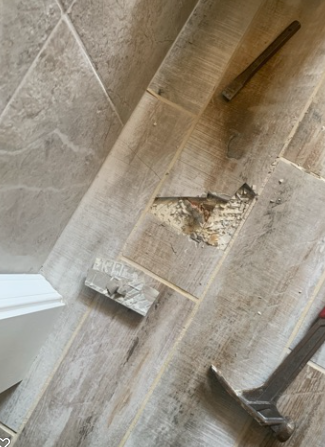Asbestos is a naturally occurring fibrous mineral which has amazing qualities as a binding agent, an insulator and fire protectant. There is evidence that as early as 5000 B.C. it was used as candle wicks and in 2,500 B.C. it was used to strengthen pottery. Unfortunately, after thousands of years of use for those purposes, it was found that asbestos was linked to sever lung disease. Its link to mesothelioma in the 1930 did not curtail its use and the government did not pass legislation limiting exposure until the 1970’s. Asbestos is still not banned in the United States. The Clean Air Act of 1970 classified asbestos as a hazardous air pollutant and gave the EPA the power to regulate the use and disposal of asbestos. At that time spray applied asbestos products were banned. In 1986 AHERA made the EPA establish standards for inspecting and removing asbestos from schools. A full nationwide ban was attempted in 1989 but was overturned and a ban only prevents any new asbestos products. OSHA and the EPA highly regulate asbestos but it continues to be used. As long as asbestos containing materials (ACM) are not disturbed, there is little chance of release of the hazardous material to the air, where it could be inhaled or ingested. Unfortunately, when a building requires renovation or demolition due to water, fire, mold or planned building demolition, ACM needs to be identified and dealt with accordingly, per federal and state law.
Commercial Building Concerns-any commercial building (industrial, commercial, institutional, public, municipal or habitational in excess of 4 dwelling units) that is to be renovated or demolished, is required by federal law to be tested by a licensed asbestos inspector and the ACM that is identified needs to be properly abated. This is mandated and enforced by the EPA and various state agencies (DNR, Dept of Health, etc.). If ACM is found during the inspection, a mandatory notification period of 10 business days is required before the proposed demolition or renovation can begin, to allow the governing authorities ample time if they chose to inspect. Some exceptions to the notification period can be made in the case of extreme emergencies. The confirmed ACM must be abated and disposed of as outlined in the federal guidelines.
Residential Property Concerns– single family homes and multi family habitational buildings of 4 or less units are not regulated or enforced by the same agencies as the commercial buildings. Residential properties are governed by OSHA. These regulations are in place to protect workers that would be disrupting the suspected ACM. Property owners that chose to abate their own residential property are not subject to OSHA regulations, but employees of the property owner or contractors that are hired to work on the property are. OSHA laws specify that suspected ACM shall be tested and dealt with by proper abatement and disposal, in accordance with the federal laws.
What is suspected ACM? Regardless of the year of construction of the home, everything that is not one of the following materials could contain asbestos and should be considered assumed ACM unless tested and proved otherwise. Non-ACM materials: Wood, Glass, Metal and Fiberglass.
MB Mold and Air Quality Testing has licensed Asbestos Inspectors that can conduct inspections and collect samples of suspect ACM for laboratory analysis.

